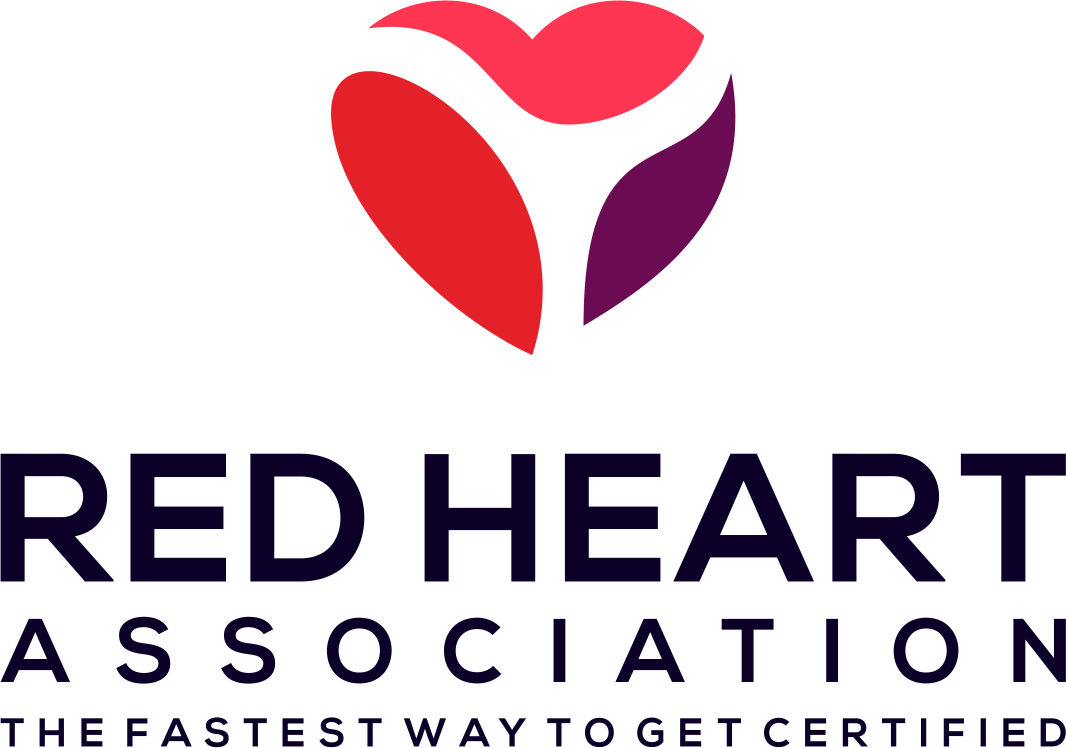Different types of barrier devices
- Using CPR barrier devices protects the rescuer from coming in direct contact with the victim’s blood, vomit, saliva, and exhaled air.
- If a CPR breathing barrier is not accessible, mouth-to-mouth or mouth-to-nose ventilations can be used.
- BVM stands for Bag Valve Mask and it uses ambient air instead of the rescuer’s exhaled air.
- For best results, BVM is recommended for a multi rescue team.
- Select the best fit size for the patient.
- Position yourself behind the patient’s head.
- Open the patient’s airway by using the head tilt and chin lift technique.
- Place the top of the mask on the bridge of the nose and lower the bottom of the mask to the patient’s chin covering the nose and mouth. The mask must not extend past the patient’s chin.
- Use one hand and create the E-C hand position to hold the mask in place. Place your thumb and index finger creating a “C” around the breathing tube. Rest the remaining 3 fingers over the mask by forming an “E”.
- Use the other hand to squeeze the bag half way to deliver 400 to 700 ml of air.
- Remember to give 2 ventilations lasting no more than 1 second long and watch the chest rise. Do not be forceful or over-ventilate as this may harm the patient.
- Rescuer 1 selects the best fit size for the patient, positions themselves behind the patient’s head and ensures the mask stays sealed and the airway open.
- Rescuer 2 is beside the patient and provides two ventilations by squeezing the bag each time half way to deliver 400 to 700 ml of air.

